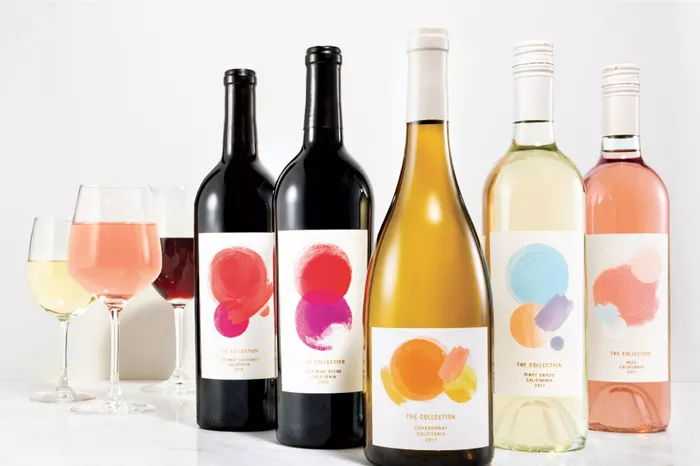When establishing a vineyard, decisions are rarely made in isolation. Every factor, from climate to equipment, is part of a larger, interconnected system. One key decision that stands out is vine density—the spacing between vines—which is influenced by various factors and directly affects the quality and style of wine produced.
At Chateau Montelena in Napa Valley, winemaker Matt Crafton has been overseeing two significant replanting efforts over recent years. These projects have required a meticulous approach to vineyard management, where each decision, including vine density, is made after considering a range of factors. “It’s understanding the soil, understanding the climate, the right rootstock, right variety, right clone, right training method, right row orientation—all those things have to line up like a slot machine,” Crafton explains.
While it is difficult to isolate one element of vineyard management, experts agree that vine density plays a crucial role in wine production, though opinions on the optimal approach often vary. In this article, researchers and winemakers explore how vine density affects wine quality and vineyard operations around the world.
What Is Vine Density?
Vine density, or planting density, refers to the number of vines planted per hectare or acre, with spacing measured both between vines in a row and between rows. This density can range from a few hundred to over 10,000 vines per hectare, and is determined by a range of environmental and economic factors. The chosen density significantly influences the style, quality, and pricing of the final wine.
Determining the right vine density often begins with defining the type of wine a vineyard aims to produce. “Your business goals should drive the decision-making,” says Stewart Spencer, winemaker at St. Amant Winery in Lodi, California, and executive director of the Lodi Winegrape Commission. He adds, “Who is your customer? Or is it being developed for yourself?” These questions help guide decisions about vine density, which in turn affect the price point, quality, and overall operation of the winery.
Vine Density and Its Impact on Wine Quality
For most winemakers, the goal is to produce the highest quality wine within a given price range. Consequently, vine density is typically chosen to optimize wine quality. But the relationship between vine density and wine quality is not straightforward, and experts are divided on the best approach.
A widely accepted belief suggests that high-density plantings enhance grape quality by fostering competition among vines. This competition reduces yields by limiting access to resources, which results in smaller grapes with a higher skin-to-juice ratio—often perceived as better quality grapes. However, this theory is being reexamined by many in the industry.
Mark Krasnow, Ph.D., a consultant and owner of Thoughtful Viticulture in New Zealand, argues that the concept of high-density planting equating to high-quality grapes is largely rooted in the experience of unirrigated vineyards. “The point of bringing them close together is to induce competition, but in a dry-farm situation or in poor soils, you can over-stress your vines and then you get poor growth,” Krasnow says.
A study of an unirrigated Pinot Noir vineyard in South Africa provides further evidence of this complexity. In this case, vines planted at higher densities performed well early in the season due to smaller canopies, which allowed better sunlight penetration. However, as the competition for water intensified later in the growing season, vines planted at lower densities showed more favorable results.
Conclusion
The ideal vine density is a delicate balance, influenced by environmental conditions, the desired wine style, and business goals. While high-density planting can theoretically improve grape quality through vine competition, real-world data suggests that factors like soil quality, irrigation, and climate can all dramatically alter outcomes. As the industry continues to evolve, so too will the understanding of how best to approach vine density in vineyard management.
You Might Be Interested In:


